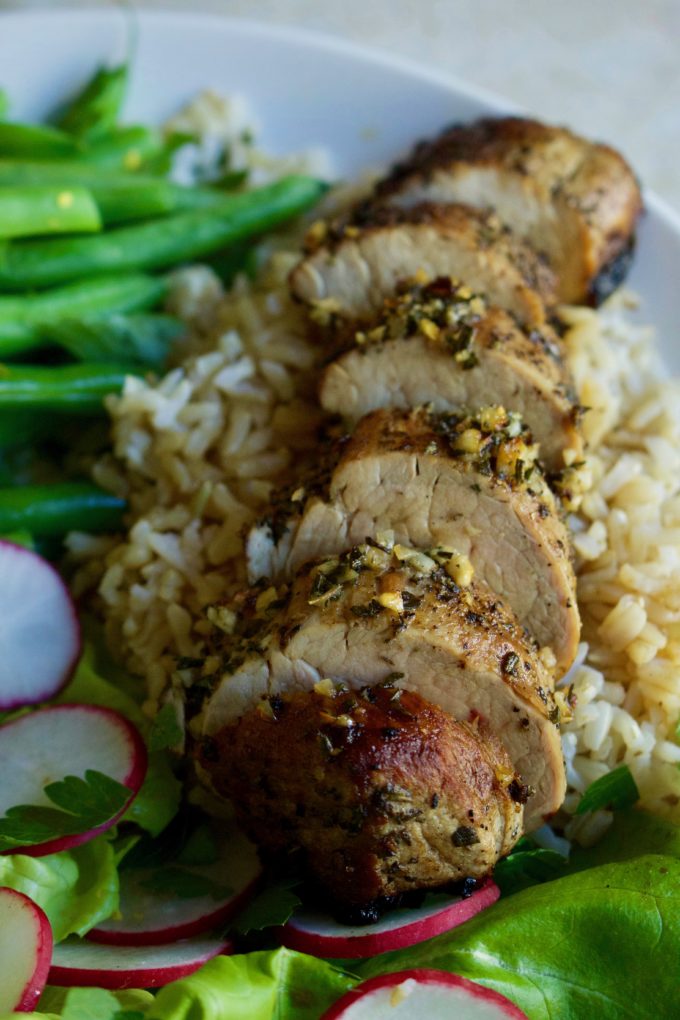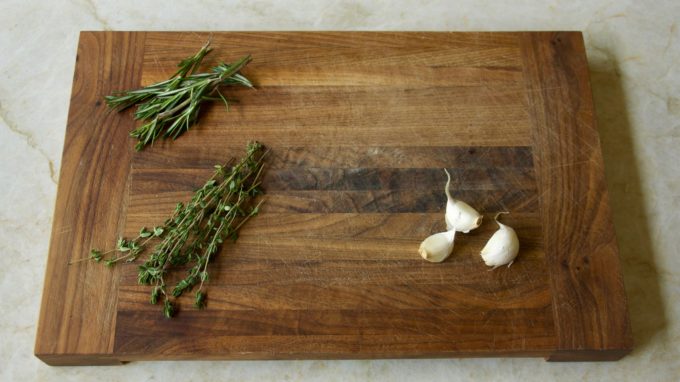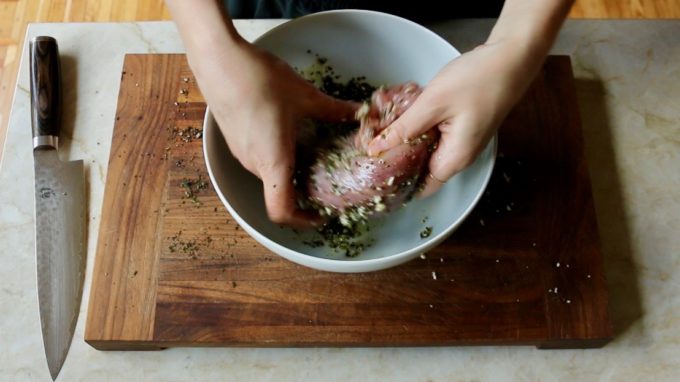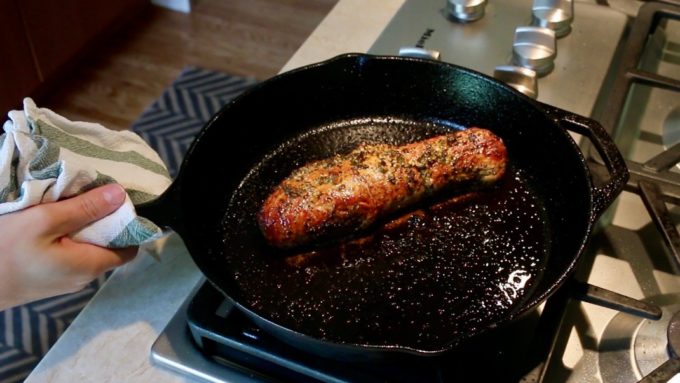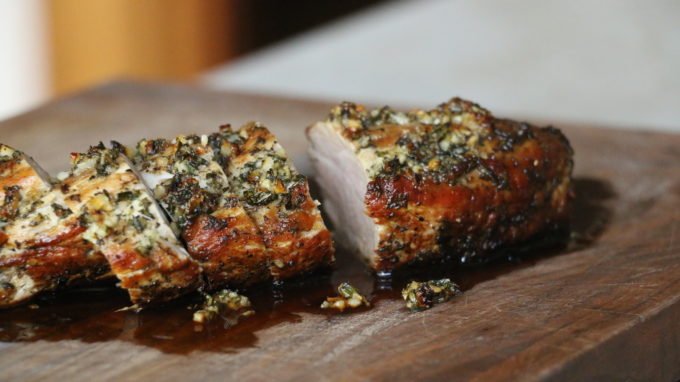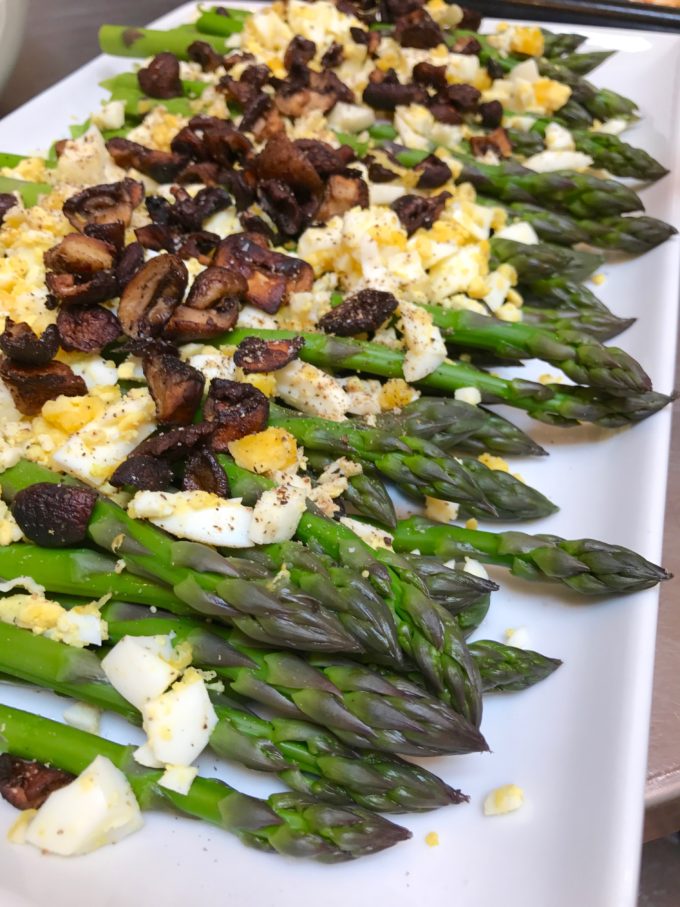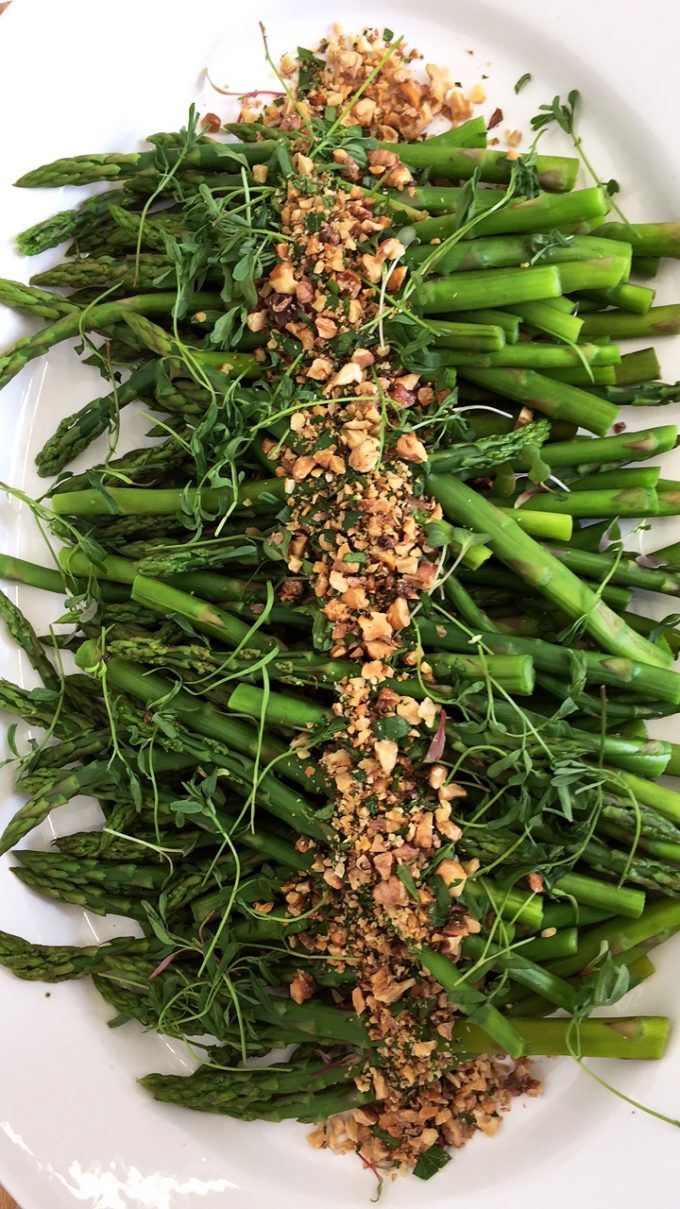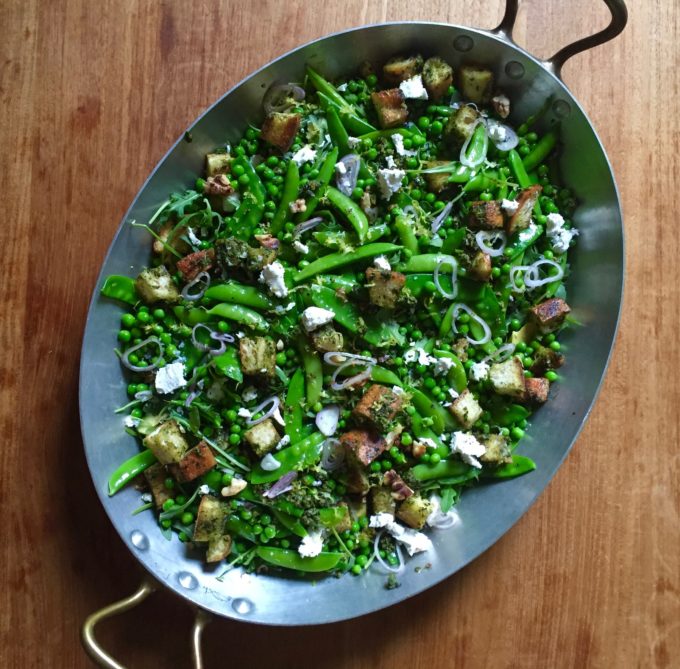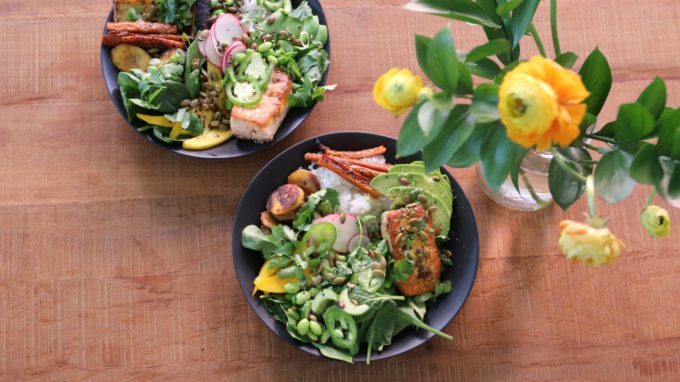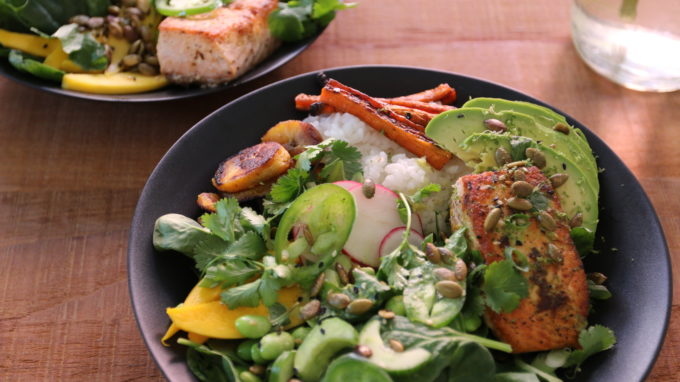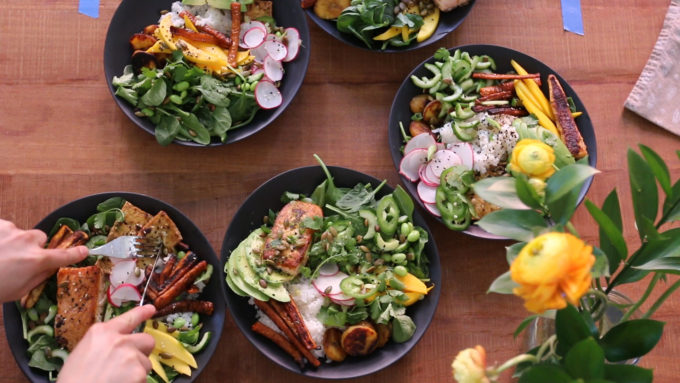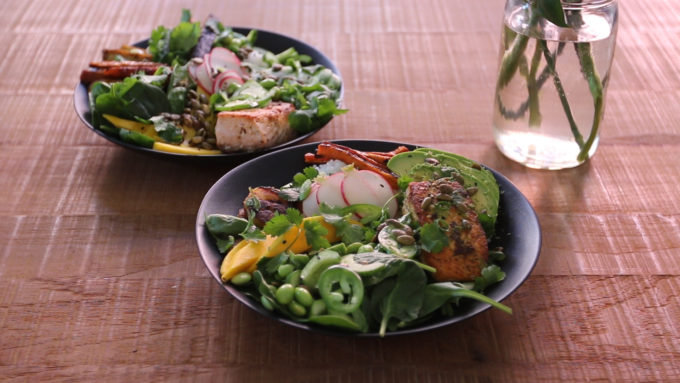
Chickpeas are an ingredient we know and love. They’re satiating and a great source of plant-based protein. And, like most legumes, they provide an excellent canvas for flavor. You can really dress them up in any way you like.
We eat them chilled in our summer bean salads, warm in our winter stews. Pureed in our hummus, fried in our falafel. We love to roast them to crispy, baked perfection. To munch on them as a snack, to include them in our kitchen sink salads. Basically, we love to consume chickpeas pretty much any way, at pretty much any time.
But how often do you find yourself cooking with chickpea flour? If you’re anything like me, the answer is probably not too often.
Chickpea flour—traditionally made by grinding raw chickpeas—is gluten free and nutrient dense. Like whole chickpeas, it’s a fantastic source of protein, and one that doesn’t come with an ominous use-by date. It has a really nice flavor and a rather dense texture, so it holds up well during cooking and tastes delicious once it’s done.
You can use chickpea flour in many ways, most of which are easy, fast, healthy and economical. Read: this is an ingredient worth getting to know.
Not sure where to begin? I can’t think of a better way to break the ice than by making socca.
Socca, native to France, is an unleavened pancake that can be made from equal parts chickpea flour and water. The process will seem friendly to even the most novice cooks. It requires little more than whisking flour and water, heating a lightly oiled pan and cooking a pancake. Isn’t that lovely?
But there’s room for adventure, too.
For instance, you could amp up your socca with egg a la this genius recipe for “cromlet”, a chickpea-omelette hybrid developed at Bon Appetit and beloved by the team here at WWE.
Or perhaps you’d like to use it as a gluten and dairy free roux in your next vegan sauce, as Lindsey Love, a fellow chickpea flour evangelist, suggests.
Love also wrote this recipe for za’tar spiced chickpea crackers, which look to be delicious, healthful and minimalist all at once. They consist of little more than chickpea flour, olive oil and water.
Other intriguing uses: pizza, wraps, baking (it’s a trustworthy binder) and soups, to name a few.
But don’t let me get carried away. If you’re new to chickpea flour, how about a simple, anything-goes, fly-by-the-seat-of-your-pants Salad Socca? The guidelines are straightforward:
Purchase some chickpea flour (also called garbanzo or gram flour), then head to the farmer’s market and fill your tote with spring produce. Make your way home. Make a salad, then make socca, then top the socca with the salad. Easy, right?

Below, a bit of inspiration: a recipe for a Salad Socca of my own creation. Let me know what you think of yours. Happy cooking!
Salad Socca
1 cup yogurt
1 tablespoon tahini
1 garlic clove, peeled and pressed
1 lemon, juiced and zested
Salt and pepper to taste
2 cups baby greens
1 fennel bulb, trimmed and thinly sliced
1 small cucumber, thinly sliced
Olive oil to taste
½ teaspoon sumac (optional)
1 cup chickpea flour
1 cup water
In a small bowl, combine yogurt, tahini, garlic, half of the lemon juice and salt and pepper to taste.
Separately, combine greens, fennel and cucumber. Toss well with olive oil, remaining lemon juice, some lemon zest and salt and pepper to taste. Optionally, sprinkle with sumac.
In a medium bowl, combine 1 cup chickpea flour, 1 cup water and a healthy three-finger pinch of salt. Whisk until smooth.
Heat a medium (10-in or so) skillet, then add 1 tablespoon olive oil, or enough to lightly coat surface.
Pour socca batter into skillet and let cook, undisturbed, until golden brown on bottom. It will fill the entire skillet. Flip and repeat on other side.
Once done, top socca with a generous serving of tahini-yogurt. Using the back of a spoon or spatula, spread mixture to evenly coat. Using your hands, top with fennel and cucumber salad. Enjoy.
